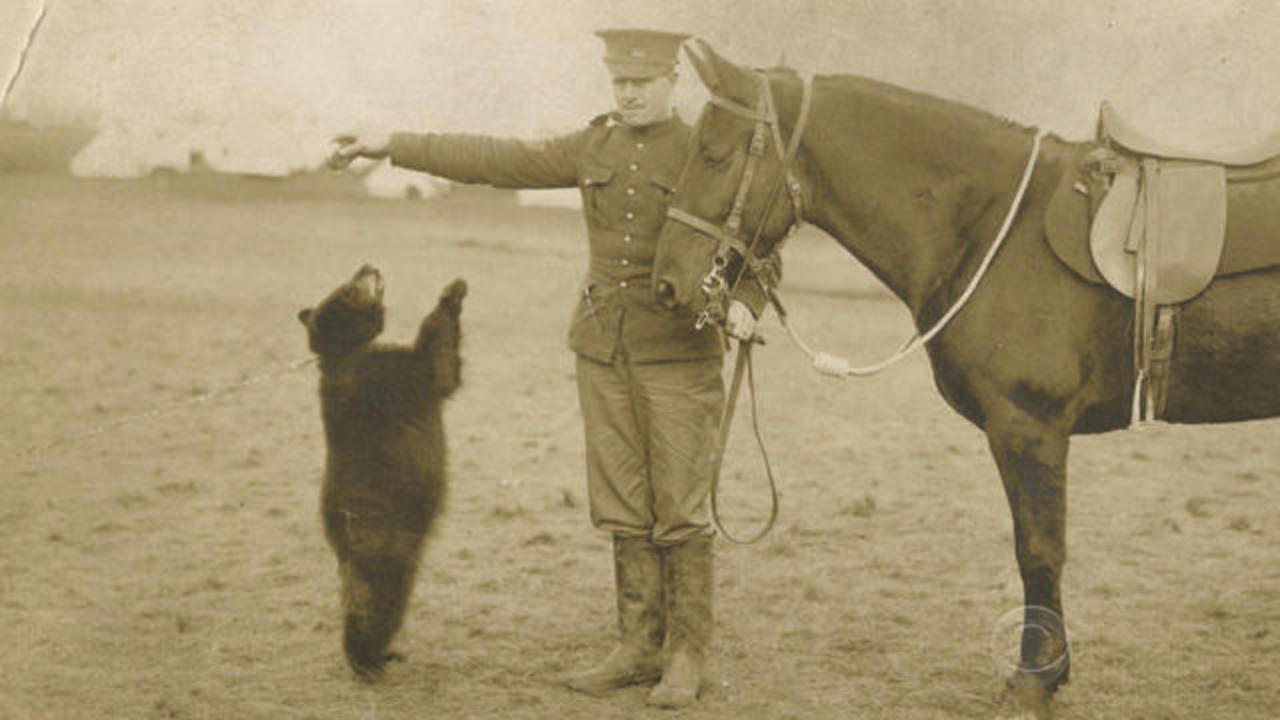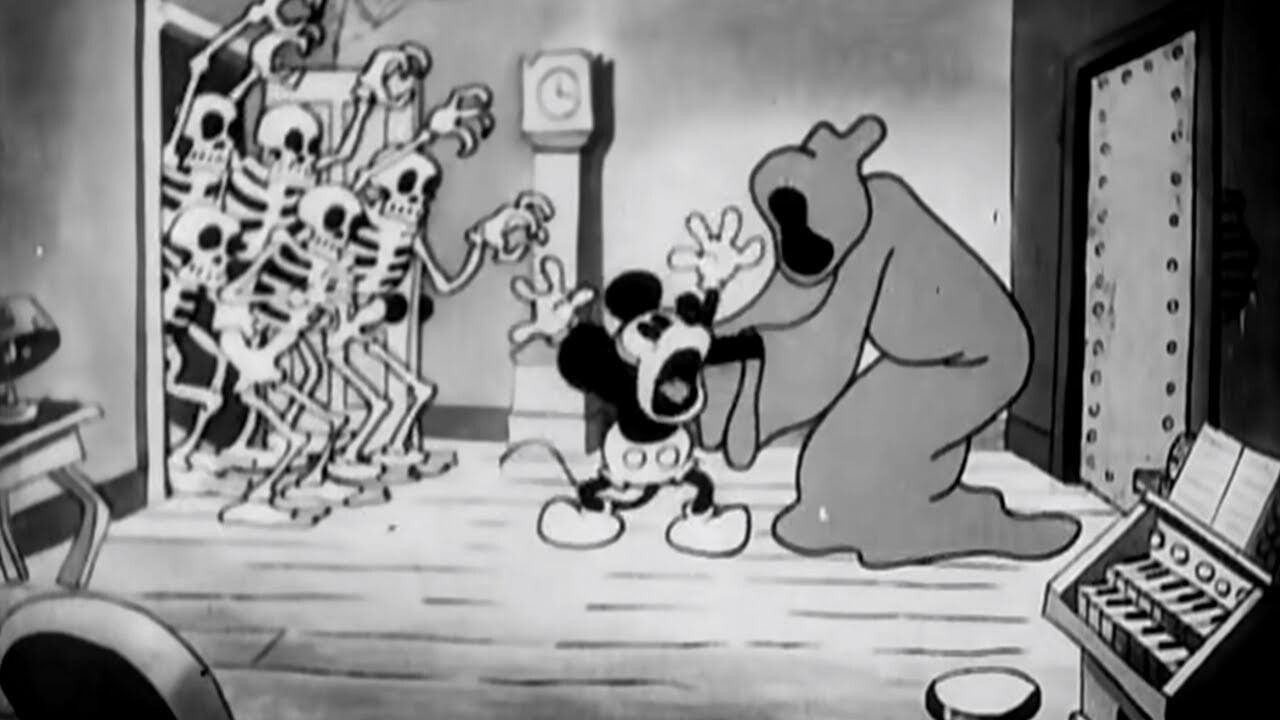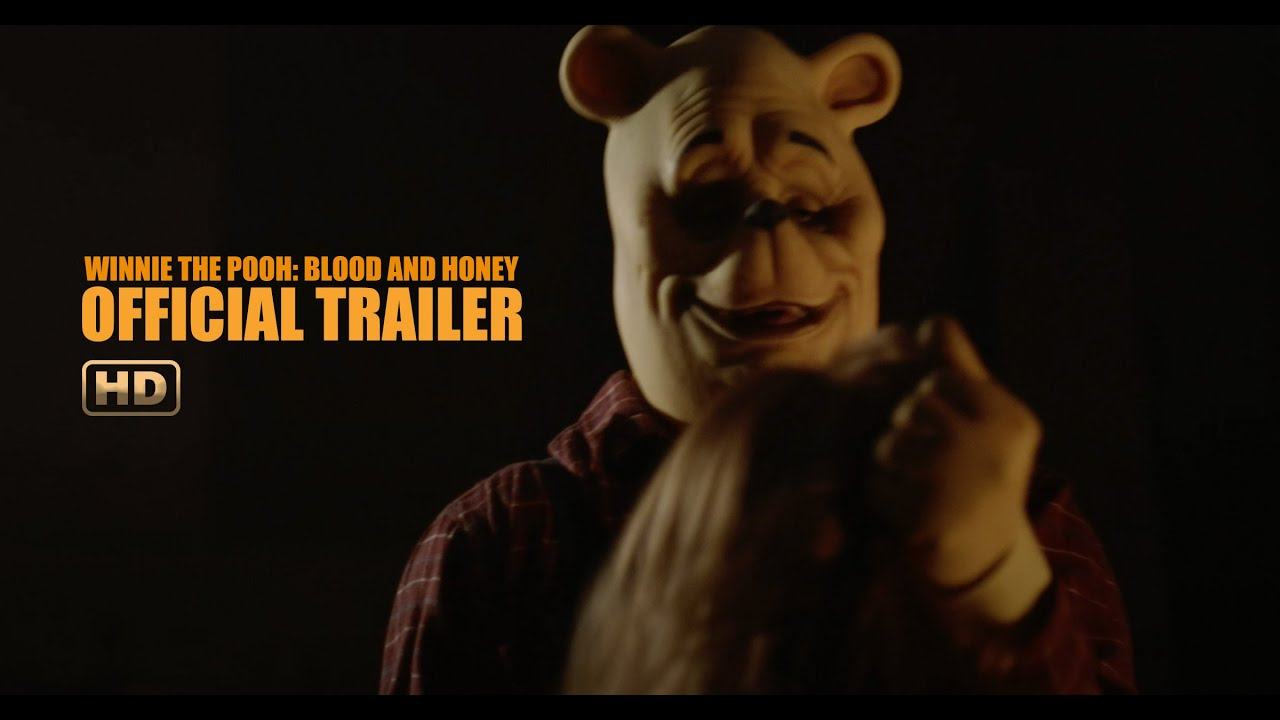Blogs
Winnie the Pooh: Blood and Honey New Disney Horror Movie
The theatrical debut of Winnie the Pooh: Blood and Honey confirms that this is, in fact, a genuine motion picture. The internet went crazy when director Rhys Frake-charming Waterfield’s travesty of a beloved children’s film was revealed by Dread Central.
Admittedly, it seems absurd to accompany a ferocious, homicidal Pooh Bear and his threatening sidekick Piglet on a murderous rampage. Although the ludicrous premise of Winnie the Pooh: Blood and Honey is primarily to blame for the movie’s viral success, the true origin tale is steeped in the horrors of World War I.
A.A. Milne’s 1926 children’s novel Winnie-the-Pooh has entered the public domain, but that isn’t the only reason a horror movie is being developed based on it. Walt Disney has always turned to the horror genre to draw in the early audiences that needed to be won over to the strange and wonderful world of animation.
Horror has existed for the Disney Corporation forever. In fact, it’s amazing that Walt Disney himself didn’t attempt a darker interpretation of Christopher Robin and Winnie the Pooh’s travels in the enormous Hundred Acre Wood.
Winnie’s Origin Story in the World’s Bloodiest War

Winnie the Pooh: Blood and Honey won’t be able to employ the iconic characters of Tigger and Eeyore because they weren’t in Milne’s original book due to copyright issues. But there will also be killer bees acting as Pooh’s spies on the prowl for bikini-clad women in need. Even if it’s doubtful, the horror comedy might travel back to World War I to investigate the actual beginnings of the black bear who served as the model for the well-known children’s tale.
Canada was a Dominion of the British Empire during World War I, unable to set its own foreign policy. Over 600,000 Canadians were essentially deployed to fight in the war. One of them was a veterinarian named Harry Colebourn, who wound up purchasing a black bear cub from a local hunter for $20 while stationed in Quebec for training camp. Harry named the bear Winnie, after the city of Winnipeg.
The Fort Garry Horse Regiment in the south of England adopted Winnie as its mascot during the conflict. Before being transported to France to experience some of the worst military horrors in history, the troops there formed bonds with Winnie.
In 1914, Winnie ended up in the London Zoo, which A.A. Milne’s son Christopher frequently visited. One of the most enduring children’s classics in the world was ultimately created by the nightmare of World War I. There has already been approval for a Winnie the Pooh: Blood and Honey sequel, so perhaps a terrifying flashback is on the horizon.
Mickey Mouse and Disney’s Commitment to Horror

In 1929, just three years after Winnie-the-Pooh was published, Disney screened Mickey Mouse in the spooky short film The Haunted House. Mickey is imprisoned in the short film’s cabin together with a huge spider, bats, an enigmatic man in a cloak, and a barrel of skeletons. Watching the short today is fascinating, especially when Mickey is trying to flee and is hitting a never-ending succession of dead ends. In much the same way that viral short films like The Backrooms today confuse moviegoers, the sequence taps into the apprehensions of liminal horror.
The Skeleton Dance and more complex animations like The Mad Doctor, which had a backdrop of tall, foreboding gothic castles, were released as a result of The Haunted House’s success. Due to the popularity of these shorts, Walt Disney decided to take a chance and release a full-length film that could double as both a scary story and a popular fairy tale.
When you rewatch Snow White and the Seven Dwarves today through the eyes of a horror enthusiast, there is a surprisingly large quantity of eerie images. It was a huge success and inspired Pinocchio and the frantic wizardry of 1940’s Fantasia, two other dark explorations of childhood horror. Disney frequently took chances. However, they were aware of the hungry demand for terror.
Even while the genre as a whole has been a proven moneymaker for more than a century, it nevertheless needs to constantly reinvent itself. This weekend’s release of Winnie the Pooh: Blood and Honey is set to add to the success of Terrifer 2 and Skinamarink for independent horror at the movie office.
So perhaps a grisly recreation of a well-known Disney character isn’t all that funny after all. The developers of Blood and Honey combined a prized kid’s item that was up for auction with a top-notch Halloween mask made by the artisans at Immortal Masks. That may be sufficient in the internet era to go viral and spur a large number of copycats. Like Disney did during the Great Depression, Winnie the Pooh: Blood and Honey was the first to do it.
Although I believe Blood and Honey pays homage to Disney’s legacy in the horror genre, it also exhibits some of the rebellious spirit that Randy Moore’s hallucinogenic black-and-white family movie Escape From Tomorrow embraced. Disney World and Disneyland opted against suing the filmmaker despite the video being unlawfully shot inside of their properties. If Blood and Honey is a success, the following wave of DIY horror comedies could convince Disney to fully embrace the genre that helped them achieve their early success.
Winnie the Pooh: Blood and Honey is in theaters now.
READ MORE: BINTEEZ BLOG


Pingback: Cocaine Bear: The True Story of Most Notorious Animals